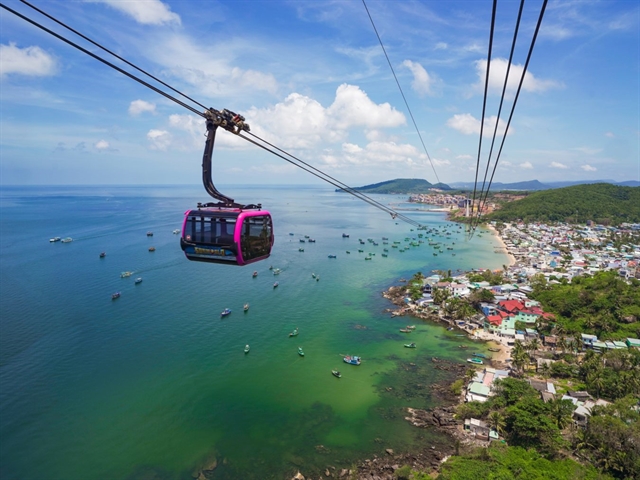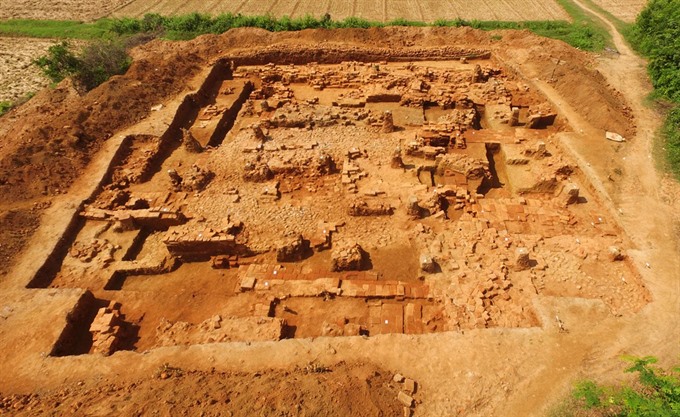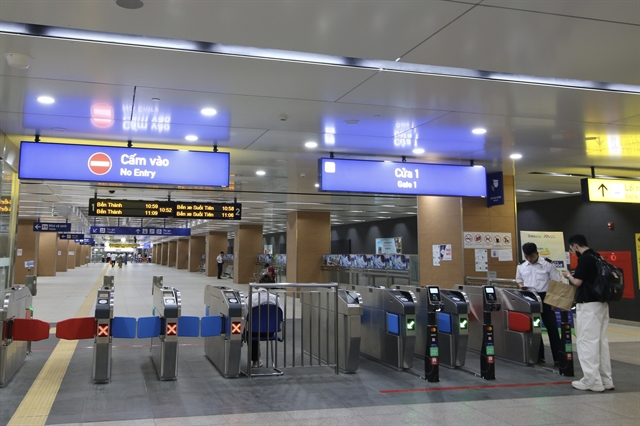 Life & Style
Life & Style

The second excavation in the vestige of Cha citadel in Nhơn Lộc Commune in the southern province of Bình Định has revealed many foundations of tower and rampart structures constructed by Cham People.
 |
| Ancient: The vestige of Cha Citadel from above. — Photo dantri.vn |
BÌNH ĐỊNH — The second excavation in the vestige of the Cha citadel in Nhơn Lộc Commune in the southern province of Bình Định has revealed the foundations of tower and rampart structures constructed by Cham people.
According to archeological associate professor Lại Văn Tới, vice director of the Research Centre for Imperial City, two overlapping layers have been discovered in the excavated area of Ông Tỵ mound within the citadel. The first layer contains vestiges of root tiles and bricks while the second is the foundations of a tower.
The second excavated area, 5m from the first one, unearthed the foundation of a rectangle-shaped tower with total area of about 25 sq.m and the vestiges of the foundation of a brick wall.
The specialists have also collected ancient objects and pottery that dates back to late Sa Huỳnh Culture (1,000 BC – 200 AD) and early Champa Kingdom (192-1832).
The results of the second excavation will contribute to studies of the ancient city-state Vijaya and Champa Kingdom.
As noted in the relic documents, Cha Citadel, recognised as a national art-architecture relic in 2003, was the political and military centre of the city-state Vijaya and then the capital of Champa Kingdom in the late 10th and early 11th century.
The first excavation of the relic late last year dug out the foundation of a temple and nearly 6,700 ancient relics.
The term “Champa” refers to a collection of independent “Cham” polities that extended across the coast of what is today’s central and southern Việt Nam from approximately the 2nd century (192) through the 19th century (1832).
The kingdom was known variously as Chăm Pa in Vietnamese (Chiêm Thành in Sino-Vietnamese vocabulary). — VNS


.jpeg)

